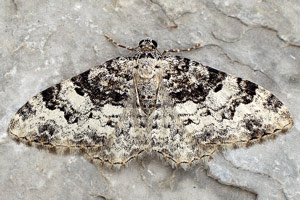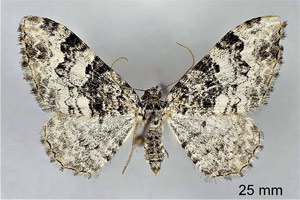Länder:

 +3Kontinente:EUAF
+3Kontinente:EUAF


 +3Kontinente:EUAF
+3Kontinente:EUAFNeues Layout der Navigation (Beta Test)
LebendfotosDiagnoseGenitalienWeitere InformationenEtymologie (Namenserklärung)Taxonomie und FaunistikTypenmaterialLiteraturInformationen auf anderen Websites (externe Links)
1. Lebendfotos
1.1. Falter
1: ♀: Spanien, Andalusien, Granada, Tocón de Quéntar, 1257 m, 37.244282, -3.378634, 5. Juni 2022, am Licht (leg., det. & fot.: Friedmar Graf), conf. Egbert FriedrichForum
2. Diagnose
2.1. Weibchen
1: ♀: Spanien, Andalusien, Granada, Tocón de Quéntar, 1257 m, 37.244282, -3.378634, 5. Juni 2022, am Licht (leg., det. & fot.: Friedmar Graf), conf. Egbert FriedrichForum
2.2. Genitalien
2.2.1. Weibchen
1-2: ♀: Spanien, Andalusien, Granada, Tocón de Quéntar, 1257 m, 37.244282, -3.378634, 5. Juni 2022, am Licht (leg., det. & fot.: Friedmar Graf), conf. Egbert FriedrichForum
3. Weitere Informationen
3.1. Etymologie (Namenserklärung)
Die Etymologie ergibt sich aus den “Acknowledgements”, Viidalepp (2012: 47): “The author is thankful to editors of the series R.A.R.E. for their interest to this publication, and to R. Mazel and S. Peslier for support with literature and kind translation of the text in French language.”
3.2. Taxonomie und Faunistik
C. mazeli ist nach Hausmann & Viidalepp (2012) die Schwesterart von Catarhoe putridaria und ersetzt jene in Spanien (Osthälfte von Andalusien (locus typicus in der Sierra Nevada) bis zu den Pyrenäen) und wahrscheinlich auch Teilen Südfrankreichs.
3.3. Typenmaterial
Viidalepp (2008: 43): “Holotype, ♂ : Spain, Sierra Nevada Mts., Carr. Veleta, 8.07.1951, 2,000 m, Klimesch leg., coll. ZSM.” — Paratypen: 28 ♂♂ und 32 ♀♀, alle aus Spanien.
3.4. Literatur
- Hausmann, A. & J. Viidalepp (2012): The Geometrid Moths of Europe. Volume 3. - 743 S.; Vester Skerninge, Dänemark (Apollo Books).
- Erstbeschreibung: Viidalepp, J. (2008): Catarhoe mazeli sp. n., a new west-mediterranean moth species. Catarhoe mazeli sp. n., nouvelle espèce ouest-méditerranéenne (Lepidoptera, Geometridae, Larentiinae). — Revue de l'Association Roussillonnaise d'Entomologie 17 (2): 41-48.








